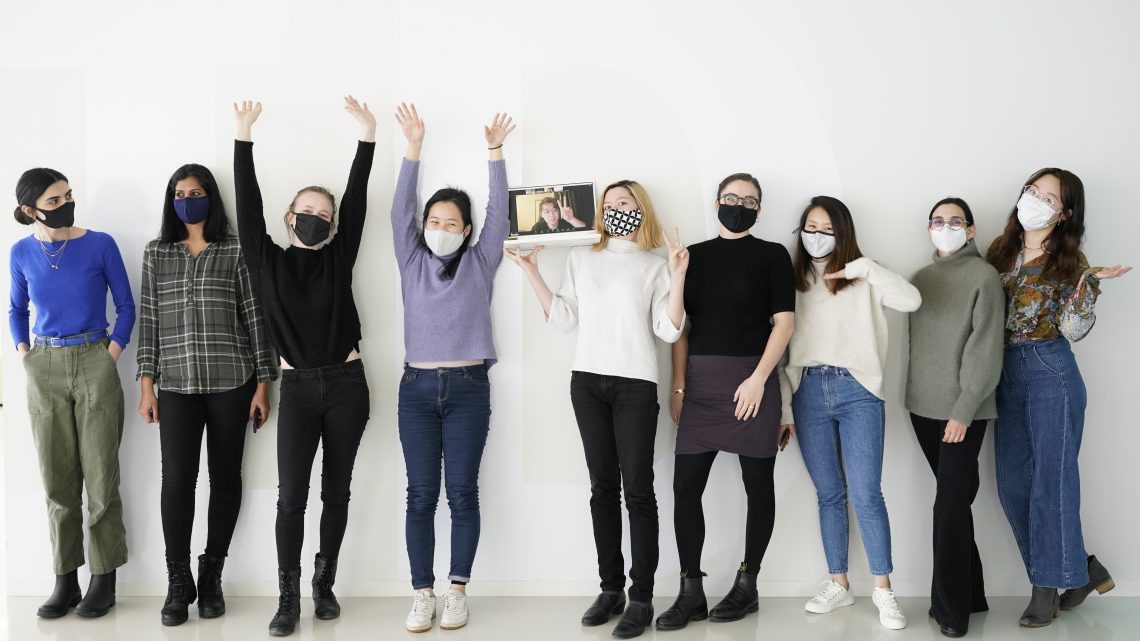There is not a one-size-fits-all solution for tackling this problem. We need to rethink multiple variables, in many situations, to stretch ourselves to rethink our world. Below are a few ways in which we think designers can begin their journey of including sustainability in their design practice.
Mindset matters
Working toward sustainability begins with the mindset that circular design is holistic and begins wherever you begin your process. It is not an afterthought that is lumped at the end of a proposal. By opening up to this mindset, you realize that environmental issues are interrelated to all aspects of life including social justice, global health, equity, and more.
Once you have established this mindset, every opportunity at work can lead to solutions for a more equitable, sustainable future. Your mindset can also alter your project goals, and that is great! You might begin a project with one idea, but by thinking critically about communities and the planet your goals might pivot. But don’t forget that great solutions come from aligning your goals with your newfound mindset of reducing and rethinking old methodologies.
In our own design practices, and at IIT Institute of Design, we can reframe our mindsets within the goals of our courses. In product design, we have shifted from building as a way of testing to building with the intent of long lasting use. Our mindset has taken us so far as to rethink how we ideate. We often find ourselves using the scraps of our classmates in order to reduce the amount of waste created from prototyping. How can you rethink a similar process in your line of work?
Be bold
How can we be bold and push the boundaries of our industry, field, or even our own design process? Is there a real reason to keep the status quo? If we don’t pause and think about how we are designing and what consequences our end product will have, what value are we really adding?
Going back to our experiences in the Foundation semester, many cohorts of students in product design classes use foam core to build their models. In the industry and in schools across the nation that is how models have been made for decades. For those that don’t know, foamcore is made of polystyrene foam sandwiched between pieces of kraft paper on either side. This past year, we questioned this material choice and moved to chipboard. Although a bit more difficult to work with, it has pushed us to innovate our own concepts, hone our craft, and spend countless hours perfecting how to create a corner radius. Continuing to question, rethink, and test new materials is a major step in the right direction.
In your work, where can you question material choices?
Rethink the physical
This last year has shown us that a lot of work can be done online. And a lot of work can be accomplished with fewer resources, less flights, and less stuff. Leaving aside work that needs to happen in person and the fact that our energy consumption and online habits are linked to other forms of carbon emissions, we see a few big changes that we hope will stick in your practice. We can use Miro (an online whiteboard that has been the saving grace of this pandemic), we can avoid virgin paper, we can consider when and what we need to print, and we can prototype with found materials like cardboard from our apartment buildings. And if we need to use sticky notes, recycle them.
Move towards planet-centric design
As stated above, one person can not solve climate change. We can’t rely on people alone to change the course of broken systems, however we can use our many skills as designers to tackle sustainability. By moving from a Human Centered Design (HCD) approach to a Planet Centered Design lens, we can use our frameworks, methodologies, and toolkit as designers to meet both our climate and business goals.



